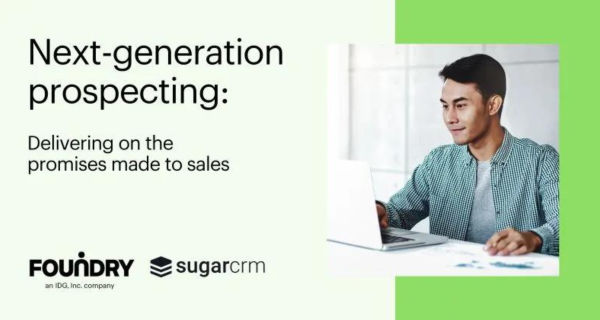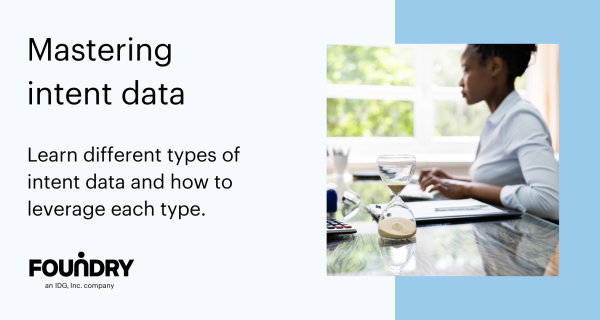Continuing our Mastering Intent Data Series, this week we’re considering intent data statistics, and what the future looks like for the use of intent.
The self-serve buying journey
87% of buyers want to self-serve part or all of their buying journey (TrustRadius)
As buyers have shifted towards digital-first, self-guided decisions, the importance of engaging your target accounts early and often can’t be overstated. By the time a buyer fills out a contact form on your website, they are likely in the final stages of their decision-making process.
Foundry’s Buyer Journey Report showcases the buying journey through intent signals from the initial signal to installation for 1,000 companies who purchased Hubspot, Shopify, or Stripe.
To help boost your intent data confidence, let’s address some of the most frequently asked questions on intent data and get a better understanding on how to harness its full potential.
On average, buyers showed 32 third-party intent signals before they purchased.
Foundry also found that competitive intent signals peaked approximately 80% of the way through the buying cycle. This means, that while they are a strong indicator of purchase intention, if you rely on competitor intent signals to identify accounts, you could be missing many chances to engage your prospective buyers. This brings us back to how it’s important to combine different sources of intent to discover, reach, and engage buyers.
Putting intent into action
67% of marketers say their number one challenge with intent data investments is making intent data actionable (Gartner)
Unfortunately, this is the case for most B2B organizations. According to Gartner, 71% of B2B organizations are collecting buyer signals, but more than half of those organizations are not operationalizing the data. To avoid this problem, it helps to implement an intent data game plan and understand the best ways to use intent data to achieve your goals. For example, if your goal is to uncover opportunities for your sales team, you might deploy a multichannel, multistage orchestration that automatically pulls in accounts showing intent and nurtures them through new tactics at each stage. For example, an account that clicks on a display ad and a website CTA would be sent to a sales campaign for timely outreach.
Only 39% of organizations leverage buying signals to select target accounts and prioritize how to deploy marketing tactics against those accounts (Forrester)
Most marketers use intent in their ABM campaigns to identify accounts for outreach, but there’s much more you can do with intent data. Intent data can also be used to personalize website experiences, and tailor messaging within ads and sales conversations. After Foundry customer, SugarCRM, used intent data to identify surging accounts and target both known and unknown prospects, the team further actioned on these intent insights by serving up 1:1 landing pages to connect with prospects. Foundry’s integration with SugarCRM allowed for valuable account insights to be available in one interface, enabling proactive data-driven outreach. Since implementing their strategy, SugarCRM generated $9.9M in influenced pipeline attribution from their ABM program, with an estimated $2.8M in the first quarter alone.
Looking Ahead
Though most of us are using intent data in some way, it has so much more potential.




